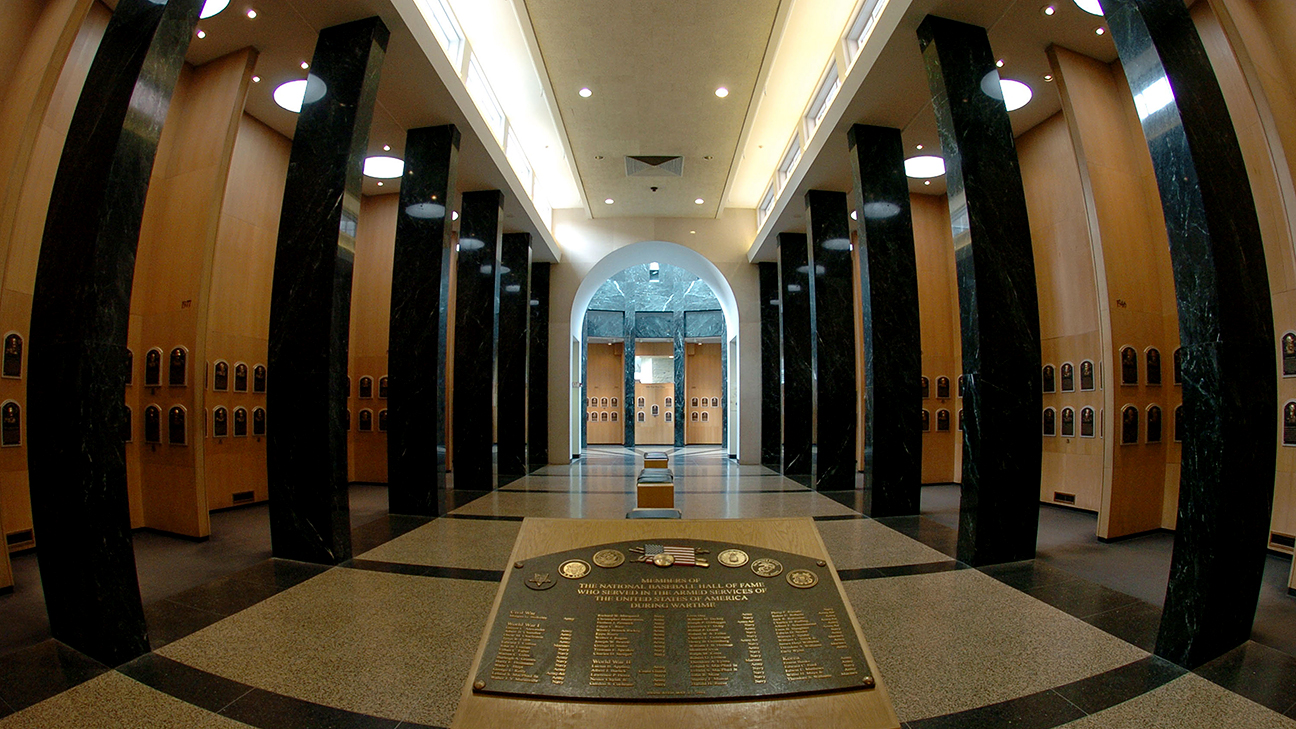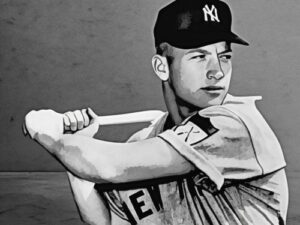The Baseball Hall of Fame honors and immortalizes the legacy of Major League Baseball by celebrating the best players in the game. In this article, we’ll navigate the criteria for selecting the players for the Hall of Fame. It’s those standards that have shaped the composition of the institution and our understanding of baseball in the process.
We’ll focus on observable and measurable trends based on the data made available by the Hall of Fame itself. It paints an interesting picture of how baseball has changed and grown over the years.
Our Methodology
We’ve used data from Baseball Reference’s MLB Hall of Fame batting statistics page using IT tools to scrap all the data from the page. The data was then converted into a format that makes it convenient to notice patterns and trends since that’s the goal of this exercise.
To make our analysis more manageable we separated the data into decades and analyzed each of the criteria based on the decade. This made it easier to notice how the stats and therefore players change over the years.
It’s now possible to bet online on who will be introduced to the Baseball Hall of Fame. Sports betting sites that use Ethereum as a payment method have introduced this and many other unique bets that players can wager on in real-time. When the best Ethereum sports betting sites create their odds, they do using the same data.
How Many Players Are Inducted per Year
There’s no visible pattern in how many players are inducted into the Hall of Fame each year. There are some years in which no players are introduced at all and some in which the number of introduced players has doubled when compared to the previous year.
Wins Above Replacement for Position Players
Wins above replacement (WAR) is probably the most important stat for a baseball player. It’s used to measure in rather specific terms how valuable the player is to the team. There’s a formula used to create a number grading. It goes like this:
(batting, base running and fielding + adjustment for position + adjustment for league + the number of runs provided by a replacement-level player) / runs per win
Analyzing the changes in WAR is therefore an interesting exercise since it shows how valuable the players introduced to the Hall of Fame were to their teams. There is always debate on how players from different eras would compare against each other. WAR is a way to somewhat resolve that dilemma.
However, based on the data provided by the Baseball of Fame, there’s no pattern in WAR to speak of. Therefore, anyone who says that players are getting gradually worse or better (and you can hear both assumptions) isn’t basing their claim on data.
Home Runs
Another metric that the fans use to measure how good the players introduced to the Hall of Fame are compared to the old days is the number of home runs. This is done by comparing the number of home runs in relation to the year of induction. A pattern found in this data would show that there were more or less home runs when the greats were introduced compared to today.
This is the first time that we actually have a pattern in the data showing causality. Starting in the 1970s and going all the way to the 2000s, more players with a high number of home runs were introduced. It shows that starting in the 70s home runs became an important metric for introducing players to the Hall of Fame.
Distribution of Batting Averages
The batting average is one of the oldest and most universal tools for determining a hitter’s success. There are no patterns when it comes to batting averages of players introduced to the Baseball Hall of Fame that span for too long. However, it’s possible to distinguish between different decades.
For instance, in the 1930s and 2000s, there was a wider distribution of betting averages than usual and in the 80s and 2010s, it was much narrower than usual. This means that in the 30s and 2000s players were admitted into the Hall of Fame with varying batting averages, while in the 80s and 2010s most of the players introduced had about the same batting average.
The Impact of the Top Players
Another interesting analysis can be made by comparing the WAR of a player introduced to the Baseball Hall of Fame with the average WAR in the year they were admitted. This shows how the player compares to their contemporaries and in a way explains why they were introduced. An interesting pattern emerges, since the top 10 players stand high above every other player in the year they were introduced.
Babe Ruth
Babe Ruth stands above every other player on the list of top 10 with his WAR higher not only than the players of his time but of any other. Ruth’s transcendent ability to redefine the game is vividly reflected, encapsulating an era where he was not merely a player but an icon.
Willie Mays
When represented visually Willie May’s WAR stands out almost as high as that of Babe Ruth. His placement in the upper echelon of WAR/pos underscores his prowess in hitting, fielding, and base running—a testament to the holistic nature of his game.
Hank Aaron
Hank Aaron’s consistent brilliance, as evidenced by his high WAR/pos, cements his status as one of baseball’s greatest. Aron was especially known for his endurance on the field and the statistics show that fact clearly as well. His stats are above every other player not only in the year he was introduced but in the era in general.
Runs Scored and Runs Batted
There are interesting findings to explore when we take into account the number of runs scored and batted and compare them by decade. A few of our findings include:
The highest number of Runs Scored (36,968) occurred during the 1970s, followed by the 1980s with 30,951 runs. This isn’t a fluke as in those decades these statistics also went up across all teams, all games, and every year. This means that the 70s and the 80s were the most productive decades in baseball measured by this score.
The lowest number of Runs Scored (11,869) and Runs Batted In (12,217) were observed in the 2020s. It’s important to note that this only accounts for 3 years of the decade and the pattern can still change in the years to come.
Our analysis has shown a few interesting patterns outlining the evolution of the criteria for selection into the Hall of Fame. Fluctuating number of players are introduced each year and there’s no pattern in how many players are added based on performances in that year.
There’s also no indication that the number of home runs leads to being introduced to the Hall of Fame. These findings show that the complexity of introducing new players can’t be deduced to a single stat of quality.






